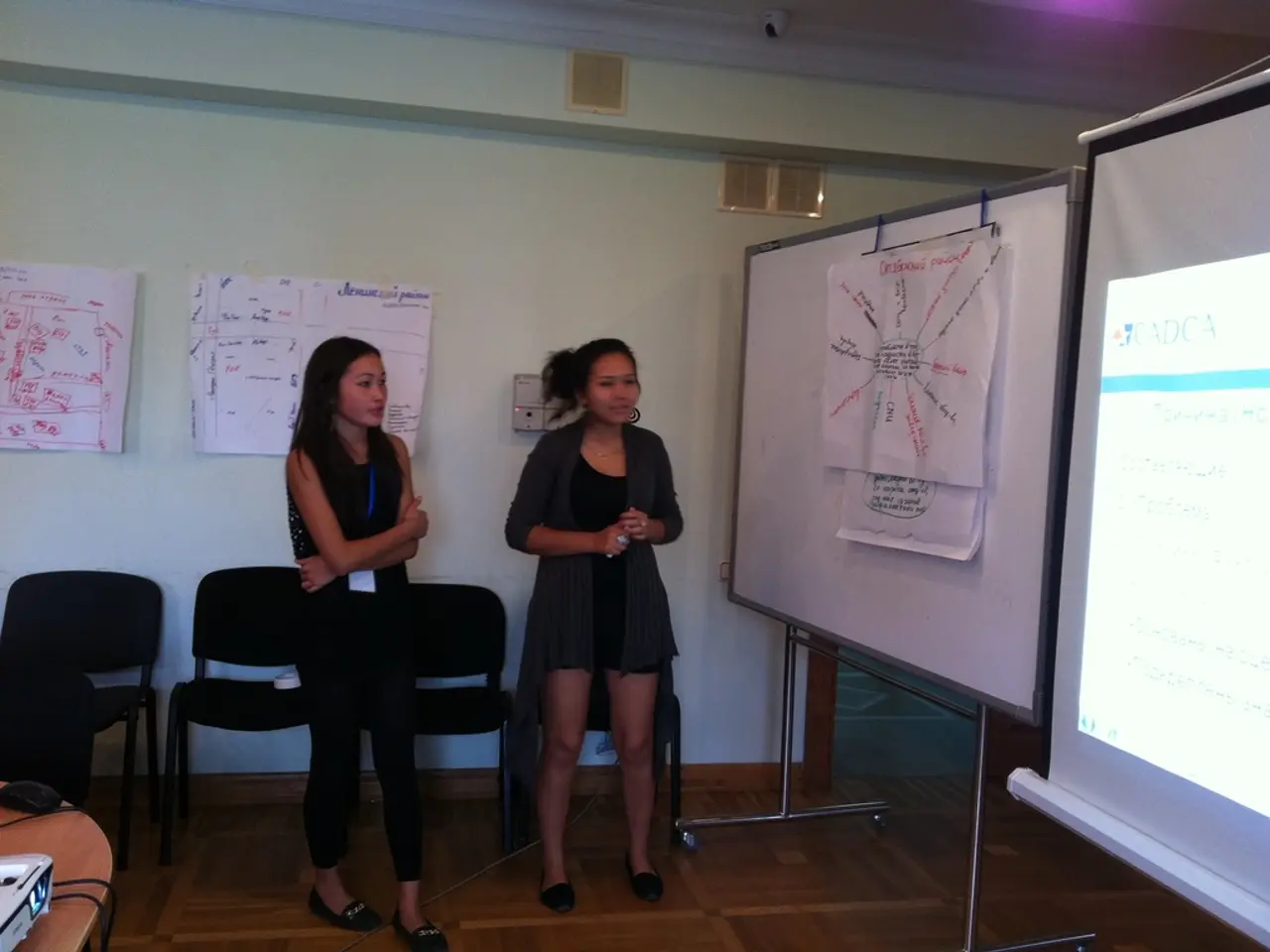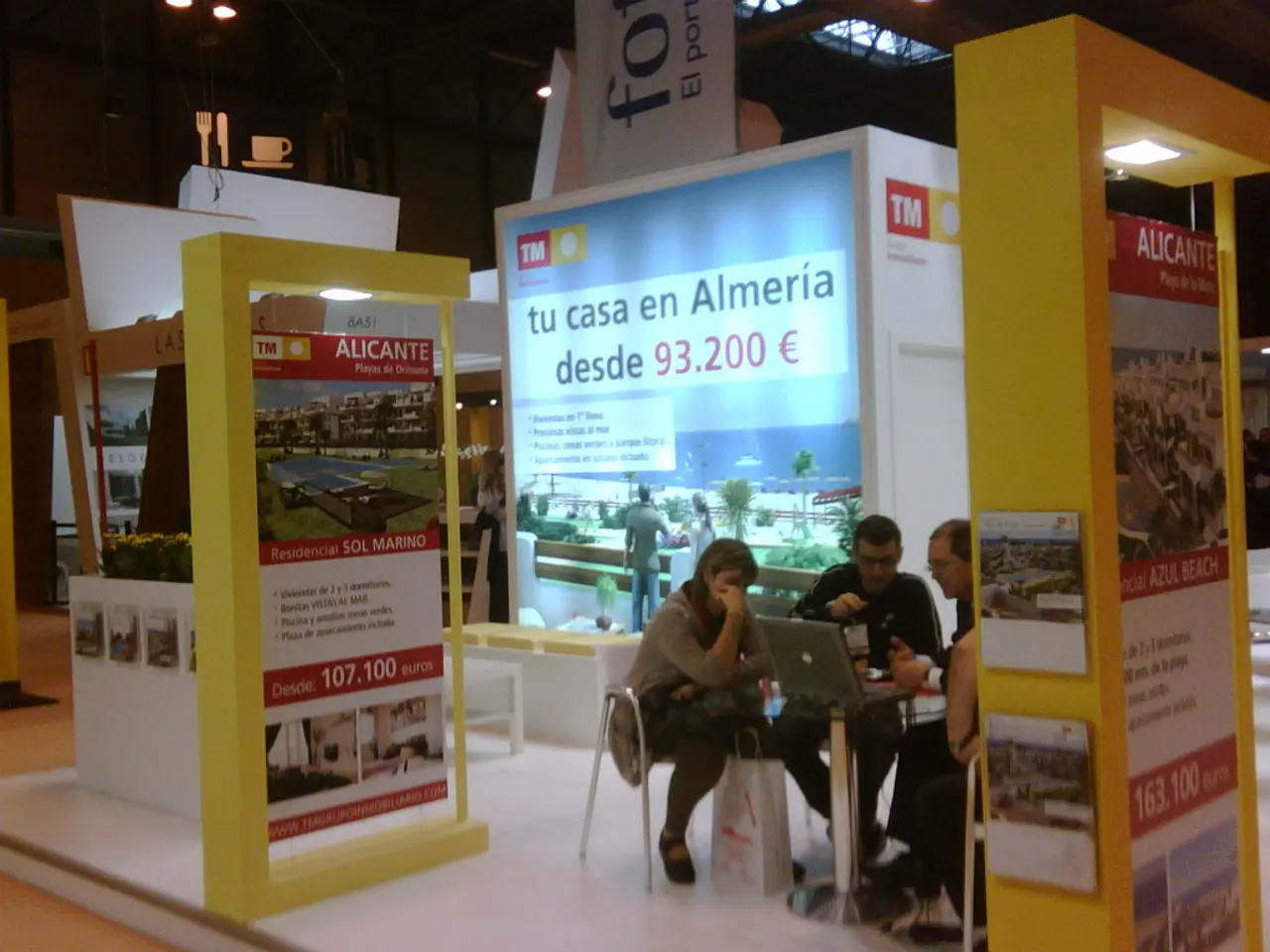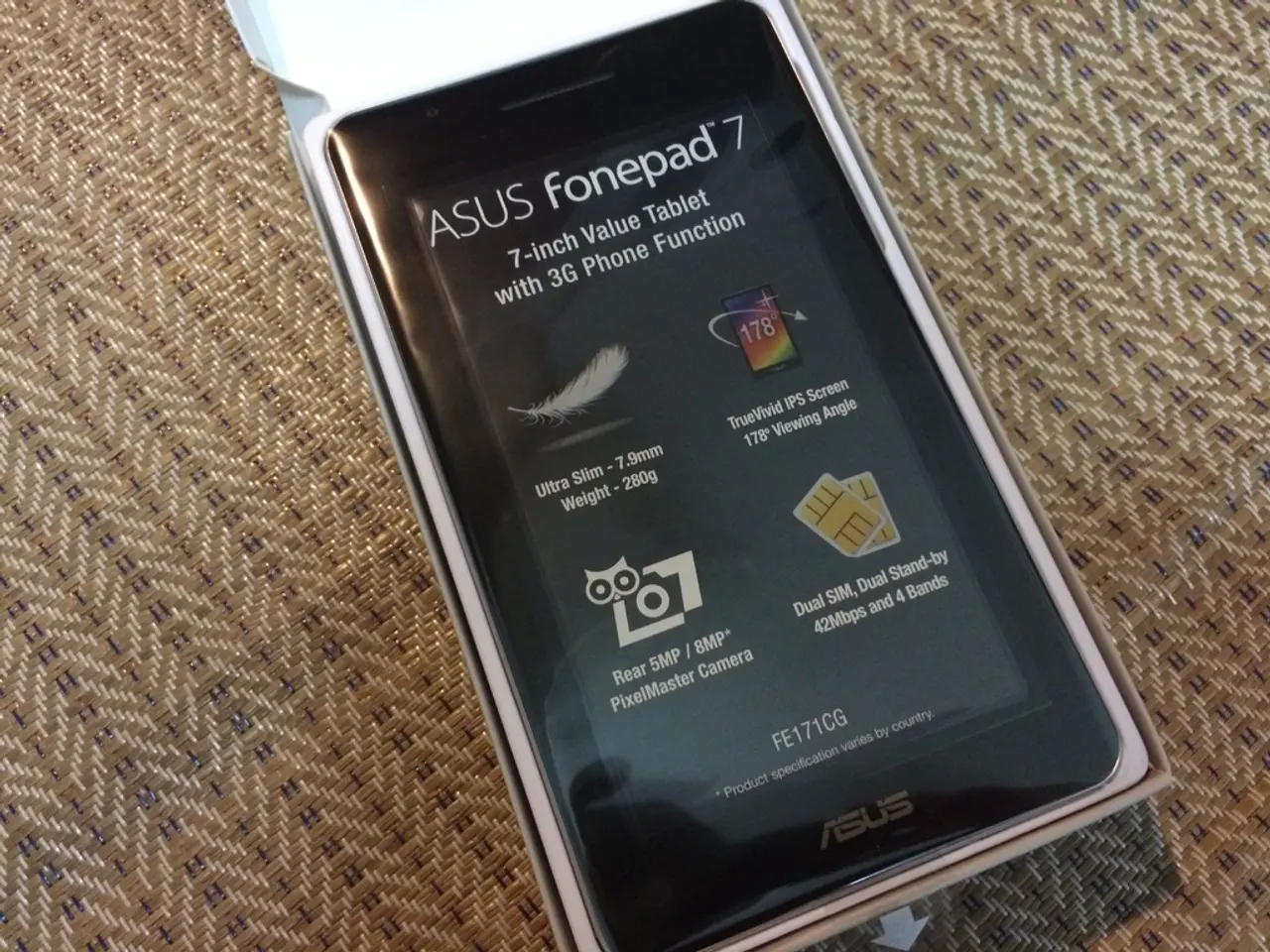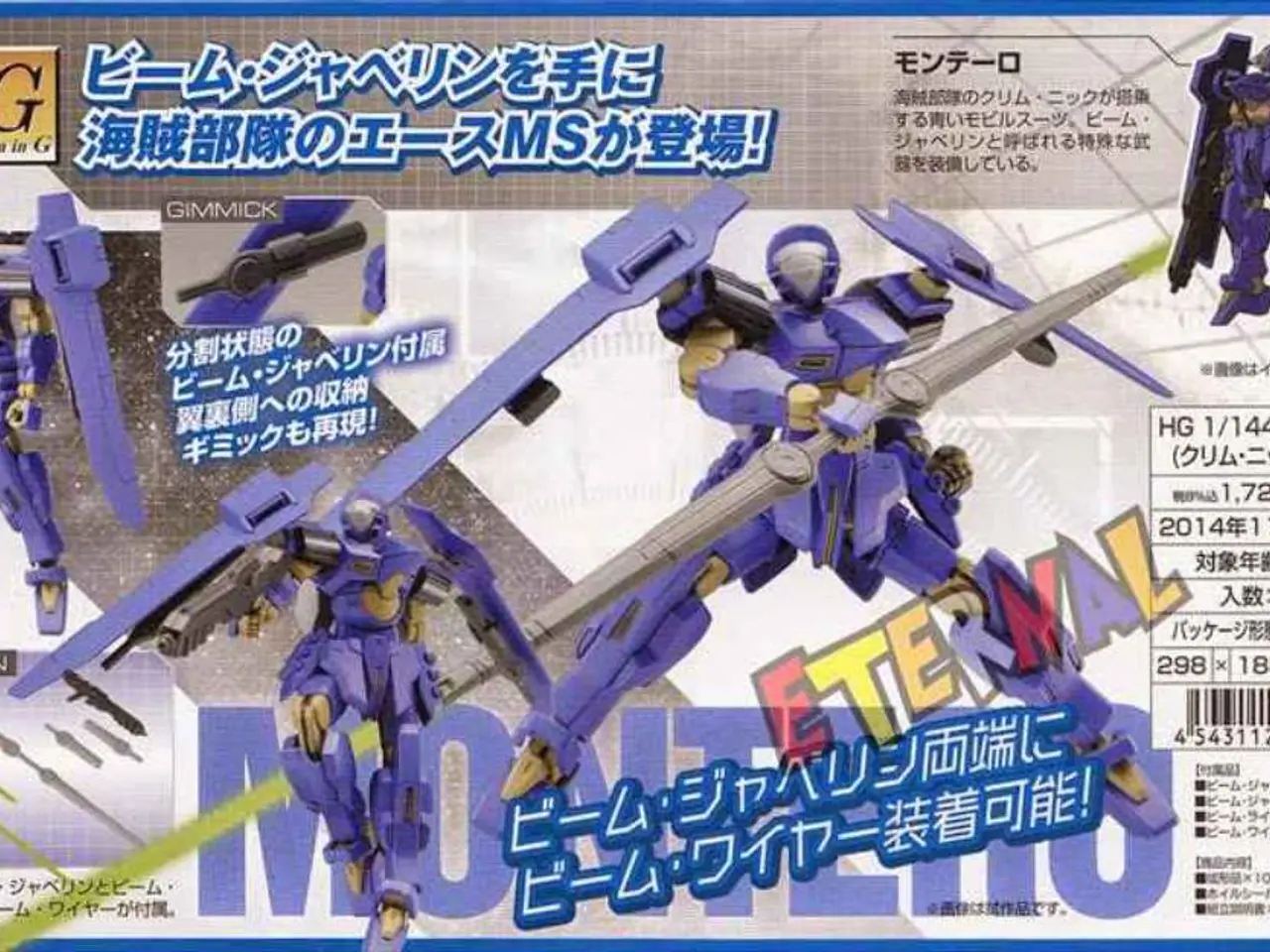The Importance of a Robust Project Outline for Ensuring Project Success
Designing a project requires careful planning and clear communication, and a design brief is an essential tool in ensuring a smooth and successful process. This article will guide you through the key steps to creating a well-written design brief that aligns all stakeholders and sets the project on the right path.
Defining the Project's Purpose and Goals
The first step in creating a design brief is to clarify the project's purpose, goals, and objectives. Explain why the design project is needed, what problem it solves, and what the overall objectives are. This helps to clarify the design vision and how it relates to broader business goals.
Outlining the Project Scope and Deliverables
Next, specify what the project will cover, including the expected number of versions or mockups, features, functionalities, and any technical requirements such as platforms or compatibility. This sets clear boundaries on what will be created.
Detailing Expectations and Requirements
Detail the style preferences (color, typography, imagery), tone or mood (professional, playful, minimalist), branding guidelines, and any technical constraints (hosting, CMS, browser compatibility). This ensures that the design team understands the client's expectations and can create a design that meets their needs.
Identifying the Target Audience and Brand Identity
Describe who the design is for, their preferences, and how the brand voice and identity should be communicated through the design. This helps to ensure that the design resonates with the intended audience and effectively communicates the brand's message.
Including Business Context and Competitor Insights
Provide background about the company, product, market, and competitors to ground the design in strategic context. This helps the design team understand the competitive landscape and create a design that stands out.
Setting Budget and Timeline
Clarify the budget range and key milestones or delivery dates to keep the project on track. This helps the design team plan their resources effectively and deliver the project on time.
Documenting Collaboration and Approval Process
Indicate how and when stakeholders will review and sign off on the brief or design stages to ensure alignment. This helps to maintain a clear line of communication and avoid misunderstandings.
A Comprehensive Design Brief Template
A well-crafted design brief includes:
- Project goals and objectives
- Scope and deliverables
- Style preferences and branding guidelines
- Target audience and user insights
- Business background and competitors
- Technical requirements and limitations
- Budget and timeline
- Collaboration and approval terms
This comprehensive yet focused document then guides the design team and stakeholders throughout the project, improving communication, quality, and the chance of success.
In summary, a well-written design brief is an essential document in any successful design project. It provides clear direction and expectations for the project, allowing collaboration between stakeholders and helping to keep design projects on track, organized, and within the project budget. By following these key steps and including all pertinent information, you can create a design brief that sets your project up for success.
Technology plays a crucial role in defining the project's technical requirements and constraints, such as platforms, compatibility, hosting, and CMS. This ensures that the design project aligns with the latest technology standards and can be effectively executed by the design team.
On the other hand, having a well-written design brief, including all the steps mentioned above, also allows for clear communication and alignment of expectations among the stakeholders, thus improving the overall quality and the chances of success in the project, even when technology is involved.




